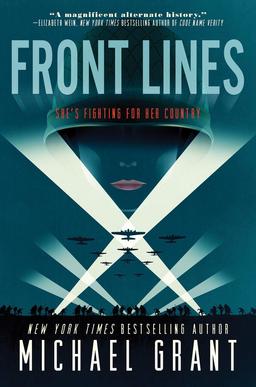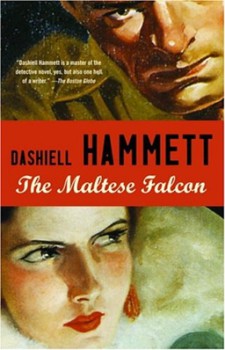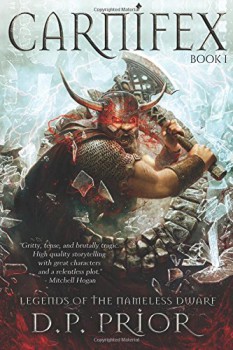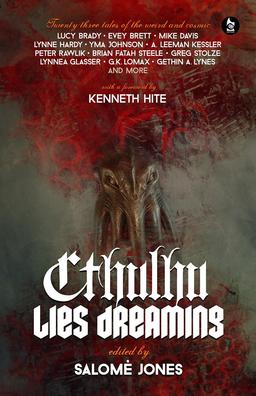The Power That Preserves by Stephen R. Donaldson
 And so we come to the end of the First Chronicles of Thomas Covenant the Unbeliever (follow the links to read my reviews of the previous two books, Lord Foul’s Bane and The Illearth War). While not an upbeat book by any degree The Power That Preserves (1977) provides a satisfying and hope-filled conclusion to a series heretofore characterized mostly by loss and despair. Those elements still figure heavily in this story, but this time around they more clearly serve to prepare Covenant for the confrontation with Lord Foul.
And so we come to the end of the First Chronicles of Thomas Covenant the Unbeliever (follow the links to read my reviews of the previous two books, Lord Foul’s Bane and The Illearth War). While not an upbeat book by any degree The Power That Preserves (1977) provides a satisfying and hope-filled conclusion to a series heretofore characterized mostly by loss and despair. Those elements still figure heavily in this story, but this time around they more clearly serve to prepare Covenant for the confrontation with Lord Foul.
The events of the crushing, sorrow-filled The Illearth War have left Thomas Covenant a broken man. He is pulled back and forth by the weight of what he did and his continued disbelief in the Land’s reality. Compelled by his reawakening need for human contact, he falls into a sort of madness and takes to haunting the woods and backstreets of his town, a place from which he’s been exiled because of people’s fear of his disease. When he stops taking the meds that suppress it, his leprosy is triggered.
While trying to save a little girl being menaced by a timber snake Covenant is summoned to the Land by the new High Lord, Mhoram. Under command of the Raver-possessed Giant, Satansfist, a vast army has destroyed Revelwood and laid siege to Revelstone. For weeks Lord Foul has called down perpetual winter on the Land and sent packs of marauders to kill any who defy his will.
Covenant insists he will help the Land, but must be allowed to return home and save the girl first. He does, but is poisoned himself. Once he’s satisfied she is safe, he says, “Come and get me. It’s over now.,” and is brought back to the Land. But he doesn’t arrive back in front of the Lords and inside the besieged Revelstone. Instead, he is called back to Kevin’s Watch where he first arrived in the Land in Lord Foul’s Bane. This time he has been summoned by Triock, one-time suitor of Lena (the woman he raped), and the Giant Saltheart Foamfollower. After he helps them fight off a vicious attack on Mithil Stonedown, Covenant decides the time has finally come to take a stand.









